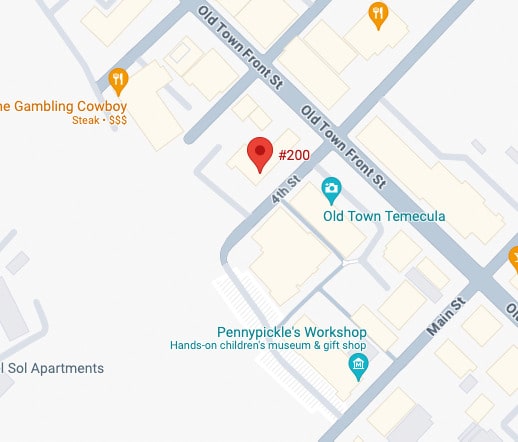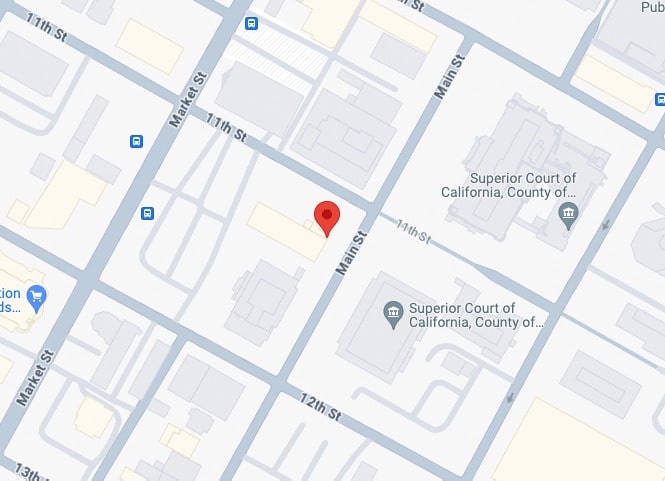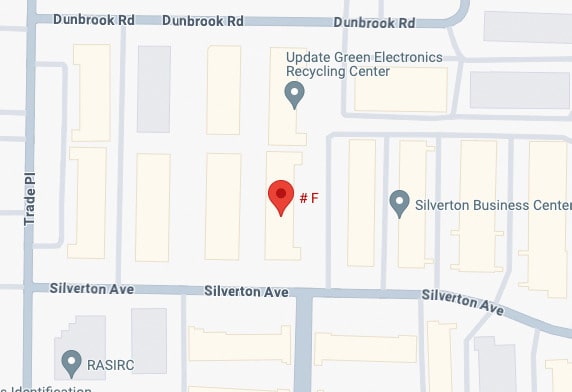This article will discuss the arrest, booking and bail process here in California. Procedures for arrests and booking will vary slightly depending on the arresting agency and the nature of the crimes. The process includes the booking process and bail hearing that will decide whether a person incarcerated has a right to bail. Once the accused has posted bail by themselves or through a bail bonds agent they are able to come out of the incarceration. This article will enlighten the arrest, booking and bail process in California.
Lawful and unlawful arrest
The circumstances under which an arrest become lawful are as follow;
-
The Police Officer personally observes a crime
If a police officer personally sees somebody commit a crime, the officer may take that person into custody. For instance, while on a street a purse snatching takes place, assault, battery, unlawful assembly or any other criminal offence. The officer can apprehend the purse- snatcher and take them into incarceration on the personal officer’s observation of the criminal office.
-
The Police Officer has a probable cause
When a police officer has a rational belief, based on the facts and circumstances that a person has committed or is about to commit a crime, the officer may incarcerate that person. This belief called “probable cause” may arise from the facts and circumstances. For instance, a police officer receives a report of a robbery that has occurred in a house, then sees a man who matches the suspect’s precise description running down the street near the store. The officer stops and searches the man in addition finding a gun and a large amount of cash in his pockets. The officer has a legal right to arrest that person on probable cause that he committed a robbery.
-
A warrant has been issued
An arrest is legalized when a police officer has attained a valid warrant to do so. A warrant is issued by a judge or magistrate and must be supported by a signed and sworn affidavit showing probable cause that a particular crime has been committed, and that the person(s) named committed said crime. A warrant assists the police officer in the following ways;
- Identifies the crime(s) committed
- Detects the individual suspected of committing the crime.
- Finds the location(s) where the individual may be found; and
- Gives a police officer authorization to take that person(s) into custody.
It is worth mentioning here that there are distinct categories of warrants so the police officer and other authority must conduct their duties within the constraints of that warrant.
Challenging an unlawful Arrest
At all stages of the criminal process, police officers must be mindful not to infringe any constitutional rights. The right of the individuals to be protected in their persons, and effect against unreasonable searches and seizures, shall not be violated. If these inalienable rights are violated, a court may deem the arrest unlawful and dispose of the case. Section 836 of California Penal Code Section deals with the criteria of the arrest as a peace officer may arrest a person in obedience to a warrant and in absence of a warrant the following conditions must be present there such as;
- The officer has probable cause to believe that the person to be arrested has committed a public offence in the officer’s presence.
- The person arrested has committed a felony, although not in the officer’s presence.
- The officer has probable cause to believe that the person to be arrested has committed a felony, whether or not a felony has been committed.
Booking Process
After incarceration, a criminal suspect is usually taken into police custody and proceed or booked. During booking, a police officer typically takes the criminal suspect’s personal information related to the alleged crime, accused criminal record, primary and secondary evidence. The booking procedure used by police officer involves the following steps.
-
Vital information is recorded
An authorized officer will collect the suspect’s name, contact information, the timing of the crime committed, the nature of the alleged crime and other vital statistics. Ample of this data will be taken from the police citation or account of the incident.
-
Mug Shot
Afterward, the suspect stands foe series of photos collectively referred to as the “mug shot”. These shots often point out the suspect’s height and include the other information tying them to the incident.
-
Clothing and personal property confiscated
After the mugshot, the suspect may be provided with an incarceration uniform and must relinquish their own clothing and personal belongings. These stuffs are held until the accused is released unless any contraband evidence such as pocket knife is found.
-
Fingerprinting
Next, the authorized officer then takes an impression of the suspect’s fingerprints, generally all 10 fingers from side to side. If the crime in question has fingerprint evidence, they will be matched to those of the suspect in order to find a match or eliminate the suspect. The suspect may also have asked for other requirements such as saliva, hair or other DNA sample.
-
Full body search
It is not a simple search but requires the removal of all clothing and can be quite intrusive. The crucial aim of this search is to make sure there are no weapons or drugs brought into the holding cell. The police conduct this search even if the crime in question is relatively minor and doesn’t involve drugs and violence.
-
Check for warrants
Next, police conduct a search through the database for any outstanding warrants the suspect may have. Sometimes police can solve other crimes by chance if they pick someone up for an unrelated crime and find a match.
-
Health Check
The incarceration staff then conduct a general health screening to make sure the suspect is neither in need of immediate care and any harm will cause to the other officers or other accused. It incorporates blood tests, x-rays and another tests required as per the need of the incarcerated person.
-
Incarceration
Finally, the accused will be placed in a holding cell and wait for the trial or the posting of bail. The decision in criminal matters depends on beyond a reasonable doubt. It is important to mention that after arrest the first priority is usually getting out of incarceration.
Bail Process in California
A person who has been incarcerated on suspicion of committing a crime can be released from incarceration in three ways; either they are released on the citation, on their own recognition or through a bail bond. Bail is a surety that ensures that the defendant makes all required court appearances before or after a conviction. However, if the defendant fails to show up in the proceedings, the bail may be forfeited.
Right to bail
Bail is the constitutional right in California for all defendants except defendants charged with a capital offence under section 1271 of the California Penal Code. Moreover, other exceptions include felony offences with acts of violence, sexual assault, the threat of great bodily harm and findings at a hearing held in open court. However, others who are not entitled to bail are parole hold, extradition warrants an immigration hold. Bail set by a judge before or at the first appearance of the accused. California constitution prohibits excessive bail.
Bail Bonds
The very first thing you and your loved one is to approach a licensed, professional bail bondsman. He or she will ask a few quick questions related to the arrest and the process is officially begun. In California, a person’s bail can be set at any time of the day or night.
Why you should call Justice Bail Bonds?
Here at Justice Bail Bonds, we can understand the frustration and fear that is accompanied with an incarcerated person. This is why we go out of our way to ensure that everyone who contact our office is treated with respect that they deserve. Moreover, we also understand how important it is to have your loved one home as soon as possible. We provide 24/7 services, lowest rates, quick bond approval and our licensed and experience bail agents will assist you in a professional manner. For more information or assistance kindly call us at 951-445-4155










